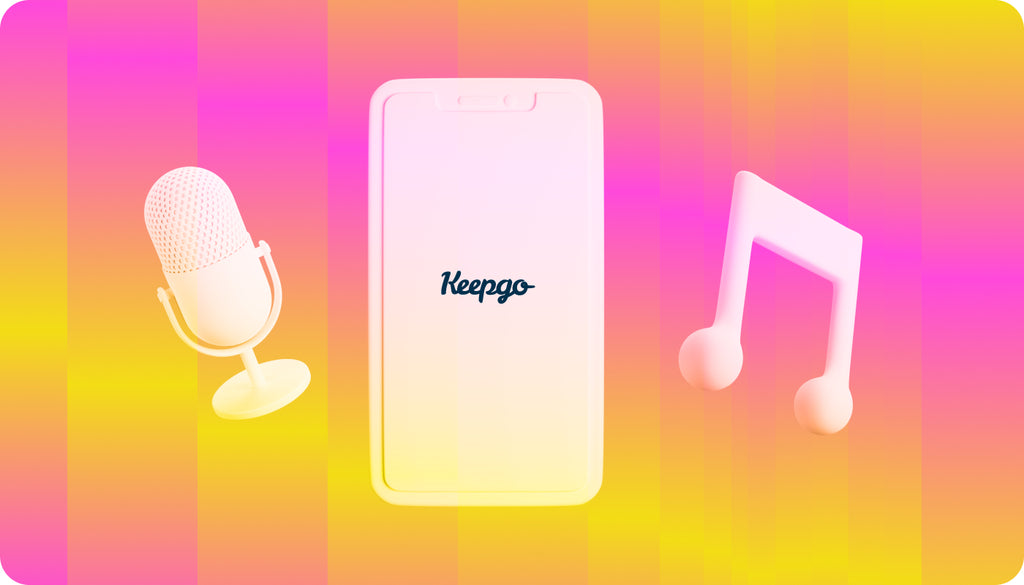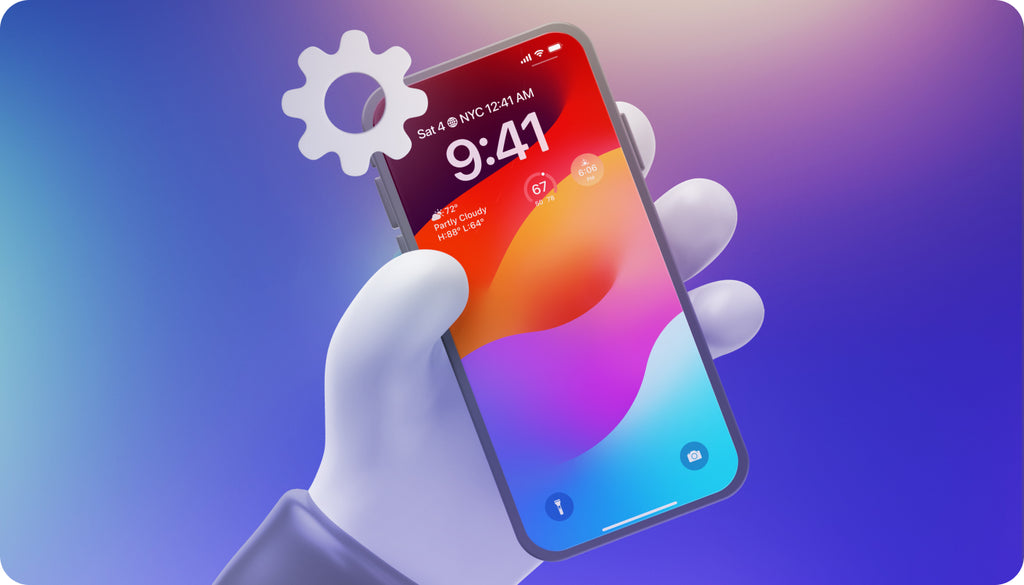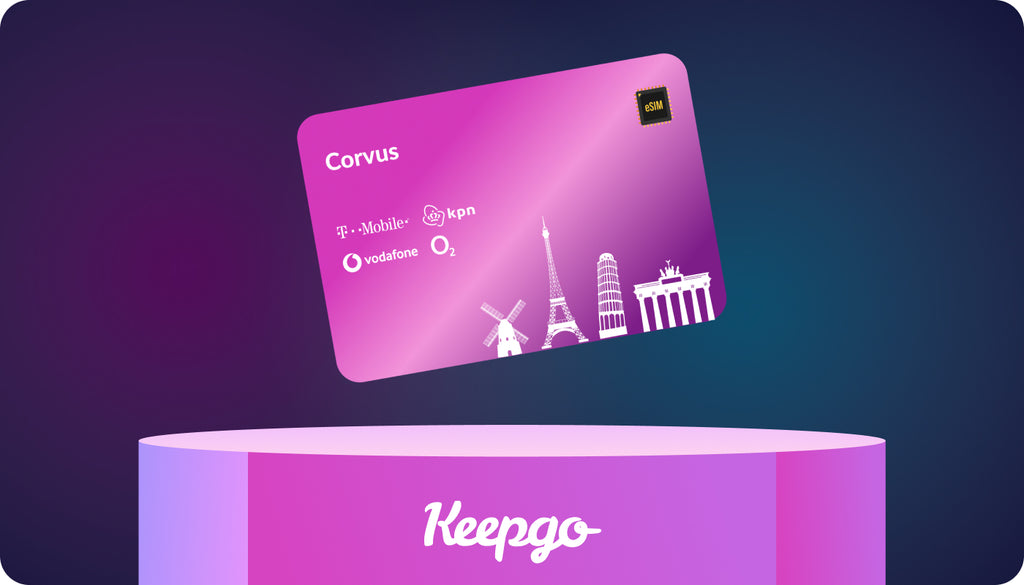Living in a New Reality: Successful Distance Learning Guidelines
2020 has brought many changes to the way we live, work, and learn. While many of us have got adjusted to the new reality of working from home, parents and their kids should also adopt distance learning practices. The COVID-19 outbreak has made many schools and educational centers move to distance learning. While some opt for real-time learning using video conferencing, others prefer learning through documents and worksheets aimed at bringing some order to at-home education.
Whatever the approach, learning beyond the classroom means that you should always be connected. Checking new lectures, educational materials, and chatting with classmates is impossible without reliable connectivity services. Moreover, if your family is always on the road (like our good friends with The Traveling Twins), then flexible and cost-effective Internet connectivity is all you need for the uninterrupted road-learning experience. Depending on where you travel and how much data you consume, you can choose from two flexible prepaid mobile data plans from Keepgo.
Distance Learning Guidelines
Online learning is a growing trend worldwide. The global COVID-19 pandemic has initiated a new tendency of youngsters and adults to gain new knowledge remotely. Online learning offers many of the same advantages of working remotely. It includes flexibility with your schedule, no commuting, fewer interruptions, no transportation expenses, etc.
However, in addition to the many advantages of distance learning, there are challenges that students and faculty face. Luckily, we live in the age when we can use many educational technologies and tools to overcome obstacles of distance learning.
When there're many kids on the road with their parents-travelers, it's essential for parents and their kids to consider some of the most common online education guidelines.
Set a fixed time to take distance learning courses
Those kids who have never taken distance learning may find it difficult to engage when they stay at home or are on-the-road. Many factors can distract kids when they study new topics without a teacher or instructor. It's also easy to get distracted by a game on a smartphone or scroll through the Instagram news feed.
When you set a fixed time when you or your kids are busy with the learning process, you get entirely concentrated on learning new materials. Being self-disciplined, parents can teach their kids how to be organized while learning from home. Put off gadgets and games that can distract your kid. Use only those tools and utensils that you need to manage the distance learning process.
To keep the process of distance learning better organized, there should be a dedicated place in a room where a kid can read and learn in a peaceful atmosphere.
Reduce distractions
As said above, there are many distractions at home. This is one of the downsides of distance learning. To keep your child focused on the learning process, think of the biggest distractions, and keep them to a minimum. If it's a dog that doesn't let your kid focus on doing the homework, put the pet in a separate room, or keep it outside the house until the schoolwork is done.
If those are online games and social media channels that are the biggest distraction, try blocking them or set the limit on use per day. There is another way to avoid online distractions. Turn off the WiFi router after you download the assignment and check the guidelines from the teacher. The lack of an Internet connection doesn't leave another option but to complete all tasks asap.
Stick to the schedule
A schedule is a must-have element of any educational process. Kids get to the classroom with a school bell and get completely immersed in the educational process. The situation is entirely different at home. There is no teacher next to your kid and no school bell that alerts about the beginning and the end of the lesson.
Take a look at your family's schedule to find time for learning. If your kid needs an adult's help to get started with learning from home, think about when you or your family members are available. If you have a middle-schooler at home, then early evening might be the best time to learn together.
When you decide on the time when your child learns at home, you shouldn't forget about breaks. Going outside or doing some quick exercises helps to focus and get more tasks done.
Decide on the best accessibility features to help your child
All contemporary gadgets and devices include built-in assistive technology that you can use for distance learning. For example, on YouTube, you can adjust the settings to slow down the playback if your kid cannot understand videos. There is also an option to show closed captions if this helps your kid read the text while listening to videos.
Remove learning barriers
If parents notice that a child has some learning challenges, it's essential to review the learning materials teachers send him. Likely, they are not designed with your child's needs in mind. In such cases, parents need to know what options teachers provide to kids with learning barriers. For example, you may ask if your child can send a video or audio record instead of a written text if he has trouble writing.
In any case, it's worthy of working directly with your child's teacher to identify and remove learning barriers.
Bottom line
Distance learning is not an issue, thanks to the abundance of technological tools and uninterrupted connectivity services. Using flexible data plans from Keepgo, you can participate in video conferences, watch video lectures, do homework, submit tests, and complete many other tasks on the go. Distance learning is a new awesome experience that opens the doors for an array of new opportunities for both kids and their parents.




